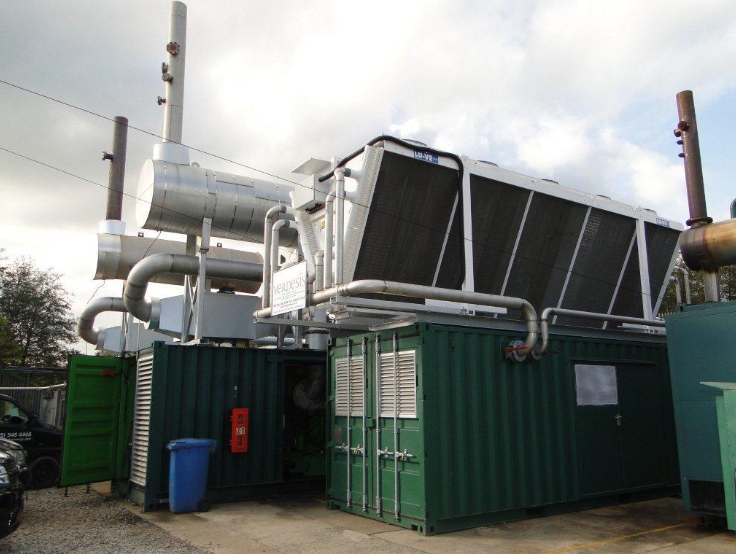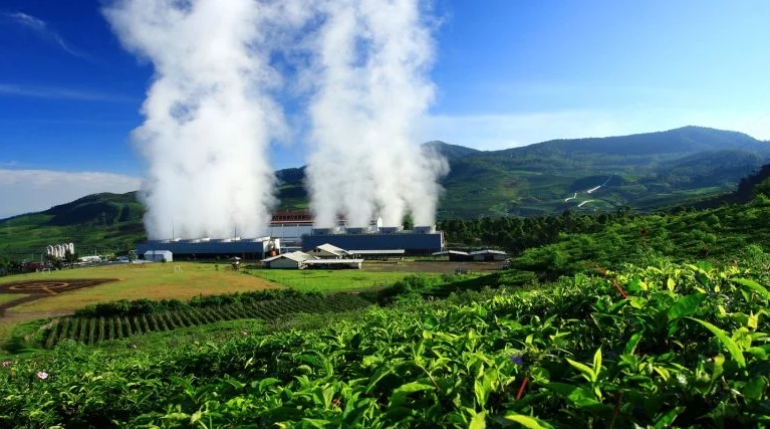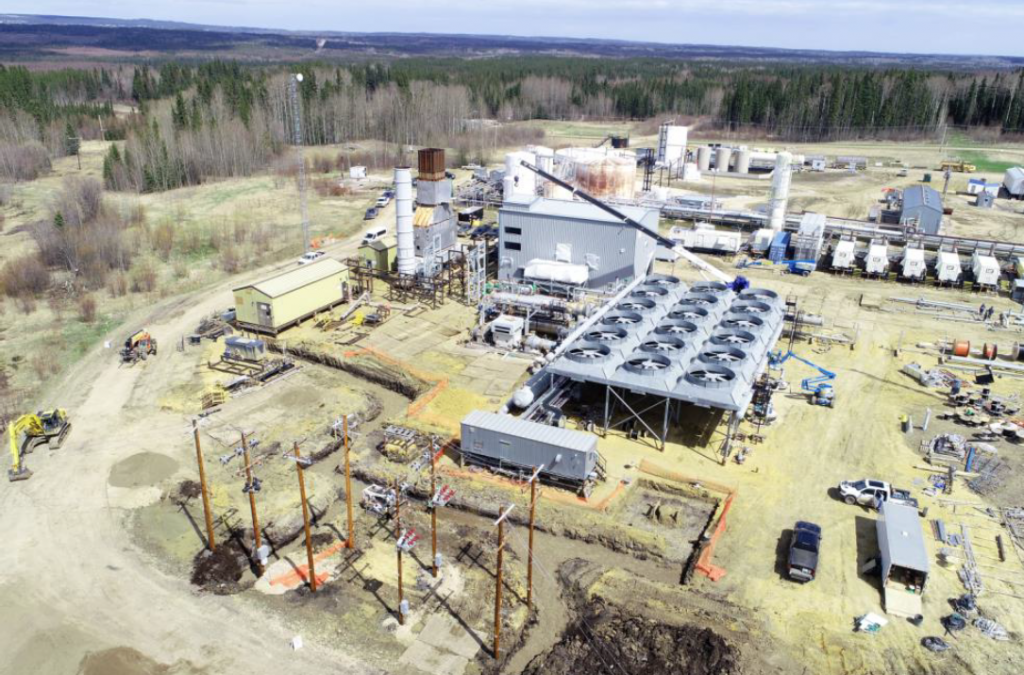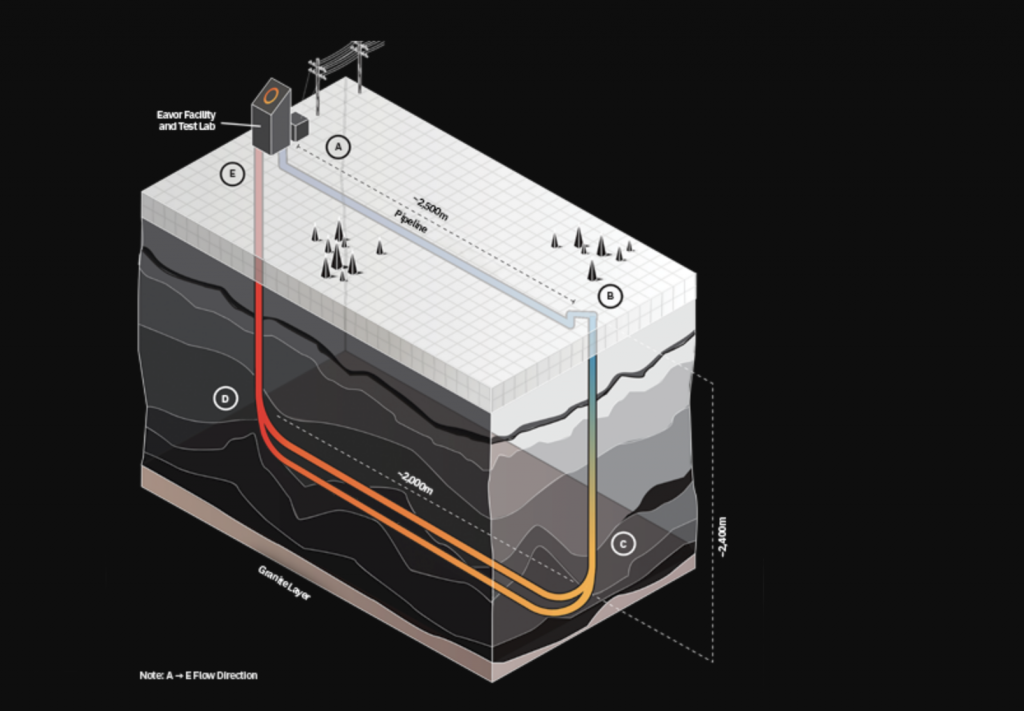
Holtec International, a U.S.-based company, has finalized an agreement with Hyundai Engineering and Construction from South Korea to construct two small modular reactors (SMRs) at the Palisades nuclear plant in Michigan. The deal, reported by CNBC on Tuesday, February 25, 2025, signals a step forward for the U.S. nuclear sector, which is experiencing renewed interest after years of stagnation. This resurgence is fueled by growing electricity needs and the substantial energy demands of artificial intelligence data centers operated by major technology firms.
The Palisades nuclear plant, owned by Holtec, ceased operations in 2022 under its previous owner. Since acquiring the facility, Holtec has been working to restart it. The new pact with Hyundai Engineering and Construction outlines plans to install a series of SMRs with a total capacity of 10 gigawatts, beginning with two units at the Michigan site. These smaller reactors are designed to offer a more flexible and efficient alternative to traditional large-scale nuclear plants.
CNBC noted that Holtec’s reactor design has yet to receive approval from the Nuclear Regulatory Commission, the U.S. agency responsible for licensing nuclear facilities. This regulatory hurdle remains a key factor in the project’s timeline and implementation. Neither Holtec International nor Hyundai’s engineering division provided immediate responses to Reuters’ inquiries about the agreement.
The collaboration reflects broader trends in the energy industry, where nuclear power is gaining attention as a reliable, low-carbon energy source. The Palisades project aligns with efforts to meet rising power demands, particularly from technology companies expanding their data infrastructure. Michigan, located in the Great Lakes region, serves as the starting point for this initiative, with potential implications for future SMR deployments across the U.S.
The agreement between Holtec and Hyundai leverages international expertise, combining U.S. ownership with South Korean engineering capabilities. While the initial focus is on the two SMRs at Palisades, the long-term vision includes a larger fleet to enhance energy capacity. The absence of a licensed design from the Nuclear Regulatory Commission introduces uncertainty, but the companies appear committed to advancing the project pending approval.
This development highlights a practical approach to addressing energy challenges, emphasizing innovation in nuclear technology. The Palisades site, once dormant, now stands as a potential hub for modern energy solutions, contingent on regulatory progress and successful execution of the partnership.







